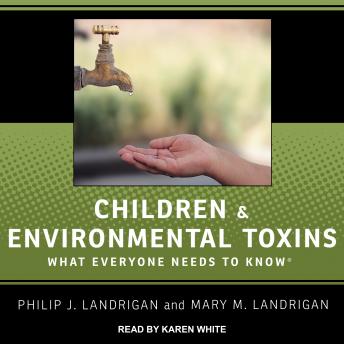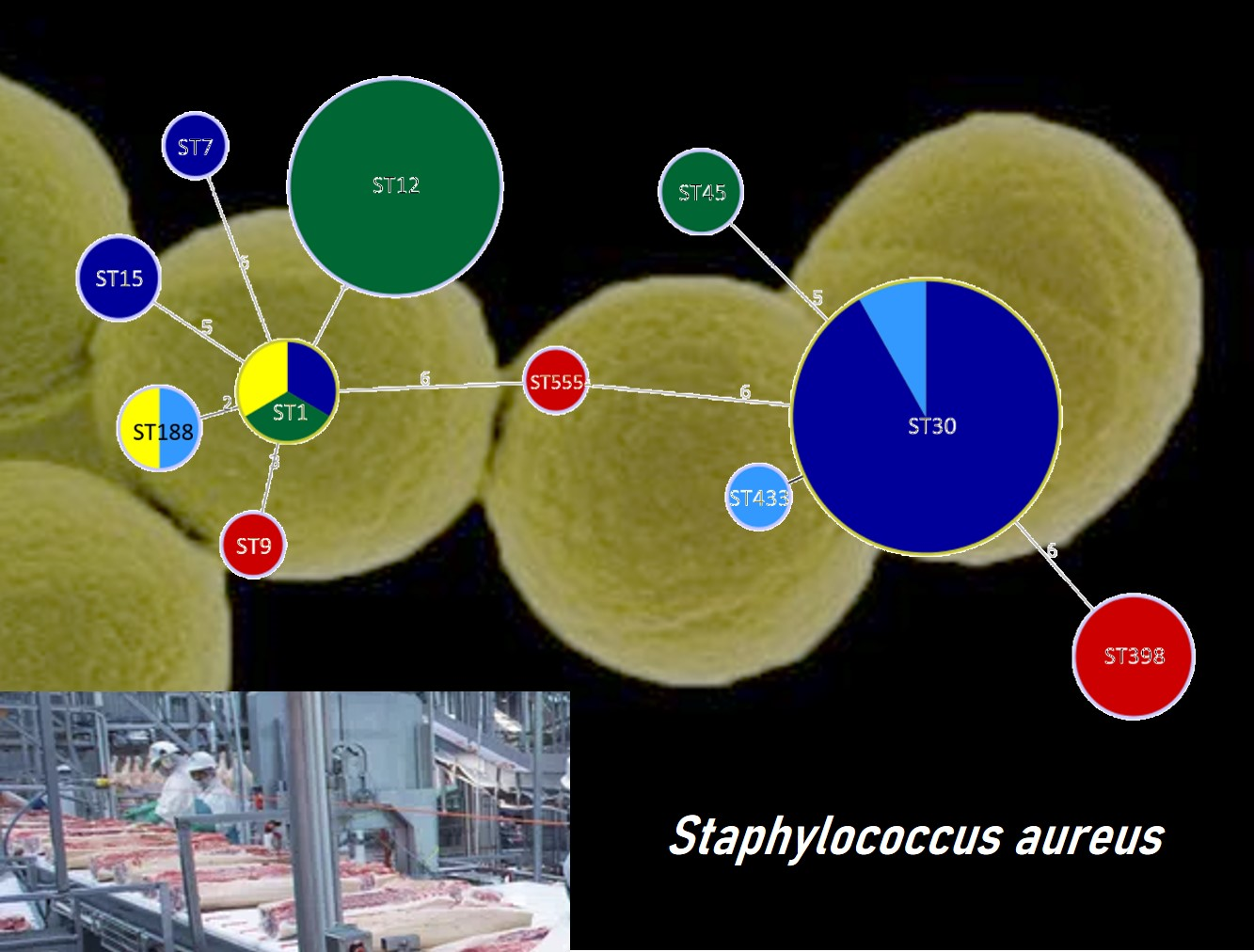Toxins, Free Full-Text
Por um escritor misterioso
Descrição
Staphylococcus aureus (S. aureus) is a common pathogen of the eye, capable of infecting external tissues such as the tear duct, conjunctiva, and the cornea, as well the inner and more delicate anterior and posterior chambers. S. aureus produces numerous toxins and enzymes capable of causing profound damage to tissues and organs, as well as modulating the immune response to these infections. Unfortunately, in the context of ocular infections, this can mean blindness for the patient. The role of α-toxin in corneal infection (keratitis) and infection of the interior of the eye (endophthalmitis) has been well established by comparing virulence in animal models and α-toxin-deficient isogenic mutants with their wild-type parental strains. The importance of other toxins, such as β-toxin, γ-toxin, and Panton–Valentine leukocidin (PVL), have been analyzed to a lesser degree and their roles in eye infections are less clear. Other toxins such as the phenol-soluble modulins have yet to be examined in any animal models for their contributions to virulence in eye infections. This review discusses the state of current knowledge of the roles of S. aureus toxins in eye infections and the controversies existing as a result of the use of different infection models. The strengths and limitations of these ocular infection models are discussed, as well as the need for physiological relevance in the study of staphylococcal toxins in these models.

Convergent evolution of toxin resistance in animals - Thiel - 2022

Free from: The Breakdown

Bacterial Warfare: Toxins, mutations and adaptations

Listen Free to Children and Environmental Toxins: What Everyone

Fulminant Liver Failure in Association with the Emetic Toxin of

The Ultiamte Guide to Toxin-Free Living

How to Fix a Toxic Culture

Clean Living: How to Reduce your Toxic Load - Finesse Fitness

Industrial Hygiene Consultants
de
por adulto (o preço varia de acordo com o tamanho do grupo)

:max_bytes(150000):strip_icc()/staph-infections-3156887-FINAL2-48c3a7caea8f429a94f7d074e66d5842.png)





